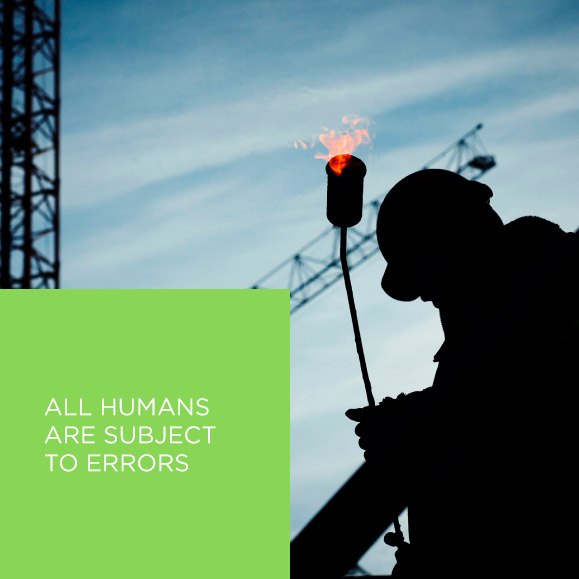The Risk of Professional Errors with the Resumption of Infrastructure Projects
O cenário de pandemia freou a expectativa de melhora econômica do país em 2020, mas os próximos anos devem The pandemic halted Brazil’s hope of economic improvement in 2020, but investments in all different infrastructure sectors are expected for the coming years.
Whether in ports, airports, roads, or rail; in energy, sanitation, or telecommunications, a lot of construction is required for the country to keep advancing. In terms of construction, a couple of products come to the minds of brokers and insurers: Engineering Risk and Construction Liability. However, just as important as these latter two products is professional liability insurance for engineers, especially at a time when the country is anxiously awaiting the recovery of its economy, which depends on infrastructure projects.
With the advances in regulatory frameworks, such as in sanitation, power, and telecommunications, all of which will increase demand for engineering projects, the federal government expects that infrastructure will be at the heart of this recovery. The government has calculated around BRL 250 billion (USD 49 billion) in contracts up to the end of 2022, and at least one hundred bid processes for concessions. This brings the topic of protection back to the forefront, providing opportunities in the insurance market.

(…) the federal government expects that infrastructure will be at the heart of this recovery. The government has calculated around BRL 250 billion (USD 49 billion) in contracts up to the end of 2022, and at least one hundred bid processes for concessions.
Engineering Risk insurance has a similar function to Property insurance at the construction site. Its primary objective is to guarantee that the project owner’s assets are protected against unforeseen situations, from the equipment to the construction itself. Then, the purpose of General Liability insurance for construction projects is to compensate third parties in the event of accidents during the project. Finally, with Professional Liability insurance, also known as Errors and Omissions (E&O), the insured (whether they be a self-employed engineer or an engineering firm) is protected against any harm they could cause to third parties as a result of a professional error.

It doesn’t matter how well-trained the engineer is, nor how sophisticated their equipment: all humans are subject to errors. And, even worse, all professionals are subject to being sued for alleged errors for which they are responsible. And every engineer knows the liability they are assuming when they sign an instrument of technical liability. Despite the application of all necessary safety factors, there will always be a possibility of improper execution, negligent supervision, unsuitable material, or another contingency.
Engineering insurance ends with the handover of the project; any damage that was not noted during the policy period is not covered. However, engineers’ professional liability insurance can offer coverage for any damage identified later, since the underlying cause of this is a professional error, and not an accident during the project. Many problems are only discovered some time after the handover of the project, such as in the collapse of the Tim Maia bicycle path in Rio, or the recent leak in a dam on the North axis of the São Francisco River transfer project. In this case, the Engineering policy would no longer be effective, but the E&O would.
Although design errors are the most popular coverage for engineers and architects, there are policies that also offer coverage for execution errors. Thus, it is important to mention that coverage can be extended to subcontractors, such that the error for which the insured is liable would be covered even if it wasn’t committed directly by him or her. Coverage for the insured’s liability in joint ventures also enables the insurer to cover losses for which the insured is liable, even if they were caused indirectly.
One of the most important aspects of an E&O policy is the advance of costs of defense. This insurance enables the insured to hire lawyers for their defense, and, as long as there is no barrier to coverage, the insurer pays the lawyers’ fees up-front. Such costs tend to be quite high, and they are often the biggest concern for professional liability policyholders.
This insurance can be purchased in annual renewable policies, covering either all projects under the insured’s responsibility or just specific ones, with one policy for each project. An owner could require a specific professional liability policy for their particular project, though, even if a policy is already in place that covers all projects developed and executed by the insured. This is because the liability limit of the specific policy can only be used for that project and cannot be used to cover contingencies arising in other projects.
If the expectation of growth in the number of construction projects necessary for Brazil’s development does materialize, there will be opportunities for the purchase of professional liability insurance for engineers. In conclusion, it’s not only the accidents typically specified under General Liability and Engineering policies that can be shielded in the insurance market; professional errors can also be covered.
Breno Nardy é head dis Head of Financial Lines at Austral Seguradora.